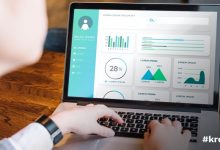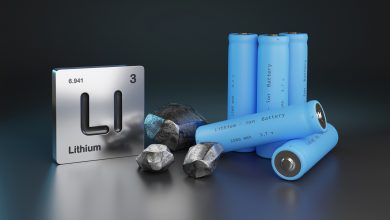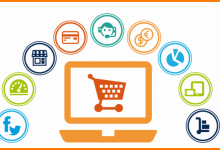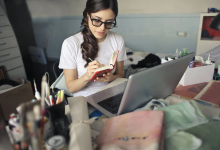5 Tips With A Custom Printed cardboard box
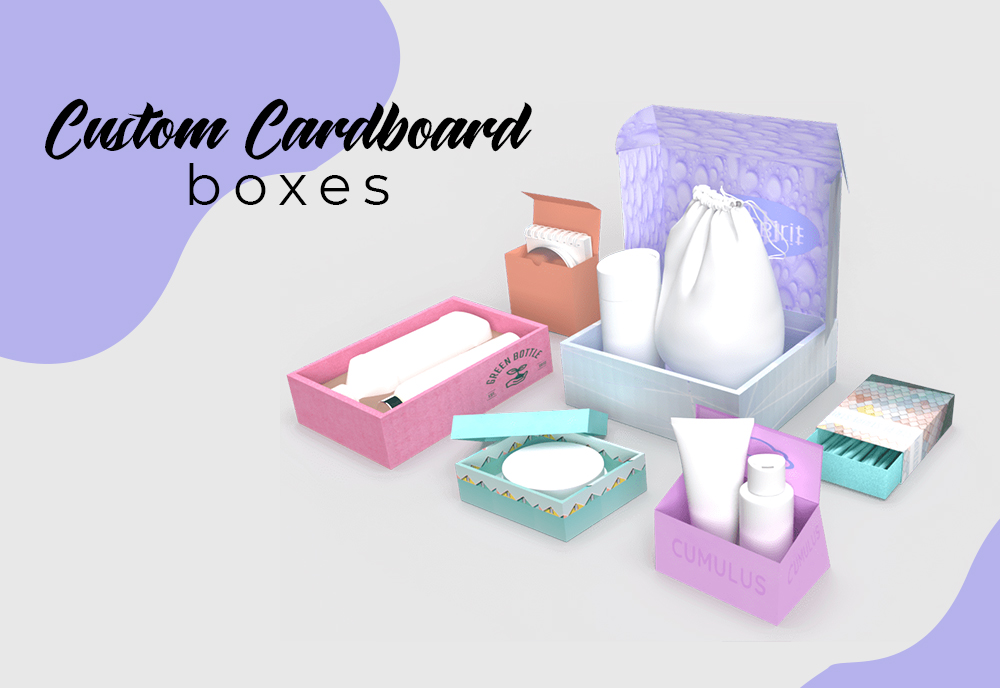
Index Of The Blog
Custom packaging is the word that excites new businesses. Depending upon what you are selling, and in which type of package you want to sell, designing is an intimidating process. Every item has a different packaging need so you have to find a perfect mix between practicality and aesthetics. The right balance will help you in establishing a unique brand identity. Cardboard is the most preferably used packaging material industry-wide. It offers extraordinary features and provides unlimited design options. Creating a custom printed cardboard box is all a matter of skill and creativity. It will not break your bank neither you have to do something extraordinary. Just go through some of the simple steps and all is done. Let us have a look at some of the amazing yet effective tips to design custom printed cardboard boxes:
Go for a Right Size:
Creativity and appearance are important elements of custom boxes but never forget the practical side. Perfect-sized packaging is essential to make your products perfectly fit in. Although it does not sound too wrong, choosing a smaller or a larger box may give devastating results to your business. If you try to squeeze a bulky item into a smaller box, it may either damage the product or its custom cardboard boxes. On the other hand, if you choose a large-sized packaging for a small item, it will move all around in the box leading to product damage. Or you have to place in a large amount of filler packaging. Both of the options are not effective in the terms of product safety and may lead to customer dissatisfaction. For creating a right-sized box, you have to take a long hard look at your products. Whether you are selling cosmetics, perfumes, pottery, watches, or any other retail commodity, you will need custom-sized packaging. Measure your product dimensions carefully. Keep a margin of the half to one an inch while designing their boxes. Going for custom dimensions will not only enhance the level of protection but also trim down your shipping charges.
Choose a Perfect Box Style:
Once you have finalized the size, the next step is to decide which type of style you want for your product packaging. The style you choose should fit your product requirement, brand identity as well as budget. The packaging manufacturers provide you an array of options including tuck end boxes, closing flap boxes, two-piece boxes, flip-top boxes, gable boxes, mailers, cardboard sleeve packaging, or the one with inserts, windows, or handles, etc. Among a variety of options, you can choose the one you find best for your product packaging. Design it according to branding requirements and artistic printing patterns to create an amazing display.
Select your Branding Elements Carefully:
Custom packaging is all about finding new ways to give good exposure to your brand. Your custom cardboard boxes wholesale are a visual pitch for your customers that helps in fostering your brand recognition. It’s the reason that every business work carefully on different branding elements. A logo may act as a centerpiece of your packaging design. But it’s not the only means to make your packaging unique. Work creatively on different branding elements like colors, fonts, and graphics, etc to create something which engages and delights the customers. For this, you may also think out of the box, create a themed packaging or opt for simplicity to set your brand apart. Thus, there are hundreds of options to make your cardboard boxes more noticeable.
Finalize your Printing Options:
Printing is a thing that can change the entire look of your cardboard boxes wholesale. The material supports a variety of printing techniques. The print-ready files fit into the large sheets of cardboard or paperboard through the printer. Here are some of the most common types of printing options used industry-wide:
- Flexographic Printing: It involves the use of simple colors (1-3 colors) and is good enough to create high-quality printing results. The process involves a flexographic plate for every color which s created before the printing begins. You may consider flexographic plates in the same way as you think of a rubber stamp. This type of printing is a good option to consider when your artwork is simple and does not change often. However, it has a setup cost that becomes less for future reprints.
- Lithographic/Offset Printing: This printing type is preferred for more detailed artwork or when your design includes images. First of all, a printing plate is created and your image is transferred onto it forming shallow grooves. Offset printing produces the highest quality results and is a good choice, especially for large order sizes. However, it may prove expensive too. It involves a considerable initial cost in creating the plates.
- Digital Printing: It is another common printing technique and most of us have done it at home as well. The digital printer uses four ink colors including cyan, magenta, yellow and black. This produces a full-color print just after one pass. Digital printing is so far the most cost-effective printing option as it involves no printing plates. It works well even for low quantity orders, multiple colors, and artwork that change frequently.
Create a Finished Look:
It’s the last step to bring your custom printed cardboard box to life! After printing, most of the packaging manufacturers go for applying advanced printing effects to give a refined look to their cardboard boxes. Some of the commonly used options include embossing, debossing, UV coating, aqueous coating, gloss/matte lamination, and foil stamping, etc. Such types of finishing effects do not only enhance your packaging display but also adds-on an extra layer of protection to save your cardboard boxes from atmospheric effects.

